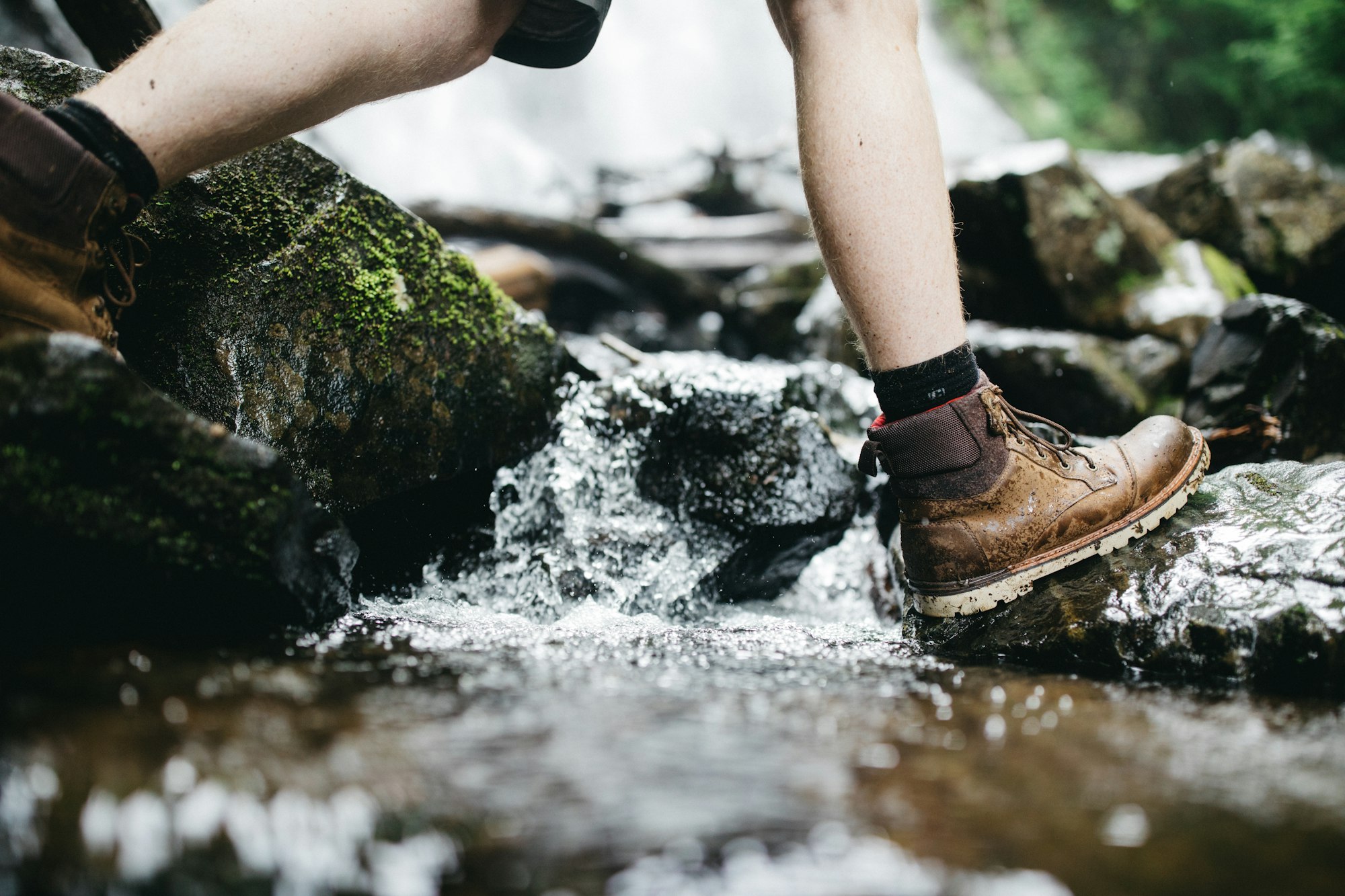What's Better For Hiking? Boots, Trail Runners, or Approach Shoes

Hiking boots, trail runners, and approach shoes are all popular options for hiking and outdoor activities. Each type of footwear has its own advantages and disadvantages, and the best choice for you will depend on your individual needs and preferences.
Hiking Boots
Hiking boots are designed to provide maximum protection for your feet and ankles and are ideal for rugged, uneven terrain. They are typically waterproof and have thick, heavily lugged soles for excellent traction. However, they can be heavy and require a break-in period.
Advantages:
- The waterproof membrane keeps the boot dry even when submerged at ankle height
- A thick, strong sole protects the foot from uneven terrain while providing secure footing
- Pronounced sole lugs provide excellent traction in mud or on slippery surfaces
- Maximizes protection from the terrain, brush, and falls
- Allows hiking off-piste with confidence
- Excellent ankle support for heavy loads
- Can accommodate orthopedic insoles
- Long-lasting
- Protects against snakes
Disadvantages:
- Retains water if soaked and takes a long time to dry
- Much heavier than shoes
- Not suitable for running
- Expensive
- Requires a break-in period
- Poor ventilation can lead to sweaty feet
Trail Runners
Trail runners are a lighter and more agile option, and are best suited for moderate terrain. They are quick-drying and well-ventilated, but offer little protection for your ankles and are not suitable for wet or slippery conditions.
Advantages:
- Reduces fatigue on long hikes
- Allows for fast movement
- Provides excellent traction on moderate terrain
- Quick-drying and well-ventilated
- No break-in period needed
- Suitable for carrying light loads
Disadvantages:
- Poor traction on wet rocks or in mud
- No ankle support
- Not waterproof
- Cannot handle thick brush or underbrush
- Quickly wears out
- Leaves ankles exposed to hazards such as thorns, rocks, and falls
- Does not protect against snakes
Approach Shoes
Approach shoes are a hybrid of hiking boots and climbing shoes and are great for rock scrambling and moderate hiking as you make your way to the crag. They have strong soles and good traction, but are not waterproof and may not provide enough support for carrying heavy loads.
Advantages:
- Provides good toe protection
- Excellent traction on slippery wet rocks
- Strong soles protect the feet from the terrain
- Lightweight and well-ventilated
- Good for rock scrambling
- Excellent traction on loose surfaces
- Can be laced tightly like a climbing shoe
- Quick-drying
Disadvantages:
- Poor heel retention
- The toe box may be cramped
- Not waterproof
- No grip on mud
- Allows debris to enter easily
- Not suitable for running
- Quickly wears out
- Does not protect against snakes
Ultimately, the right choice of footwear will depend on your specific needs, the type of adventure, and the conditions you'll be hiking in. It's important to consider factors such as the terrain, the weight you'll be carrying, and your own preferences and comfort.
What are your best solutions for what shoes to wear on a hike? Post your thoughts on the Wanderstories Adventure Community Facebook group.
This article, and all other articles, are for entertainment purposes only and are not to be used as a guide. Please see our Disclaimer for more information.
